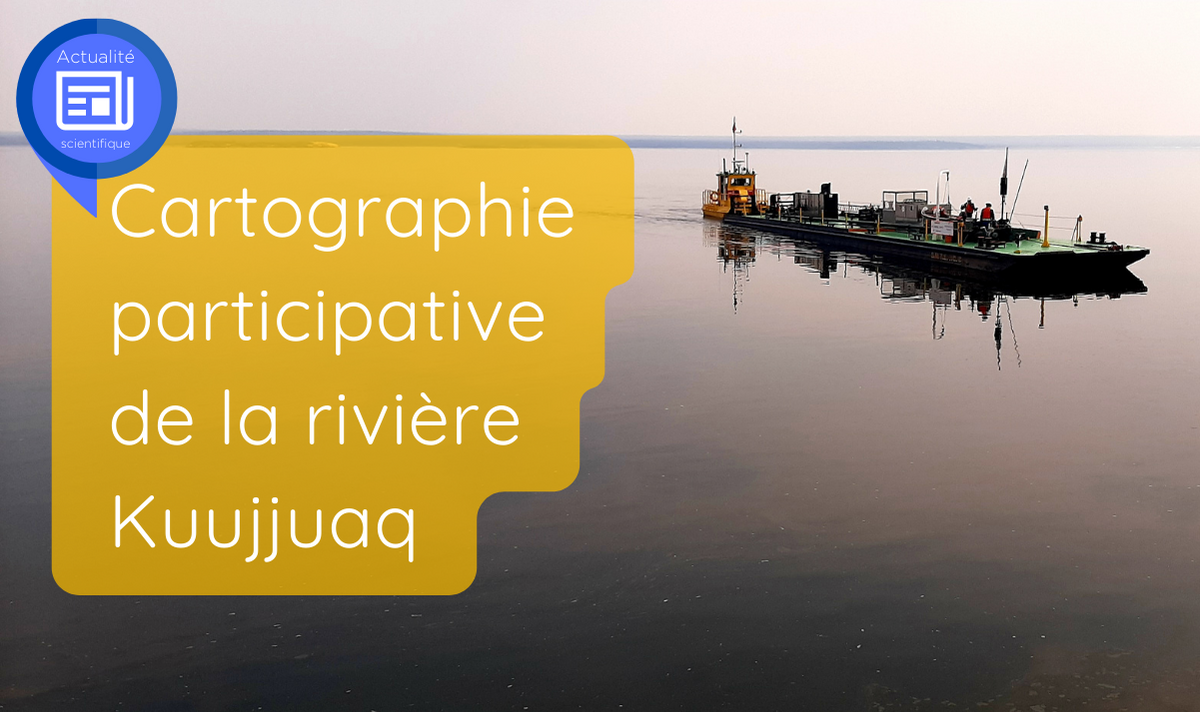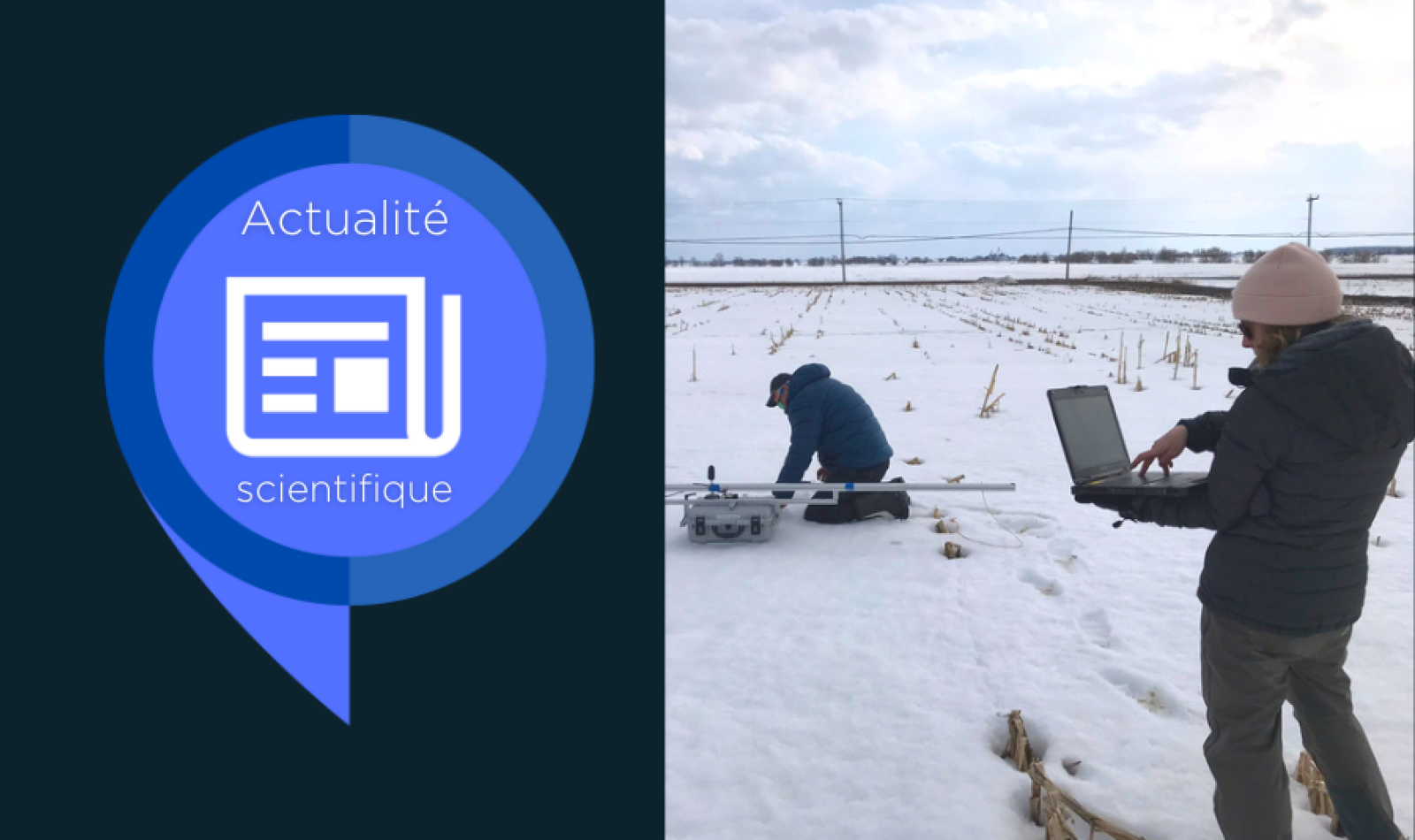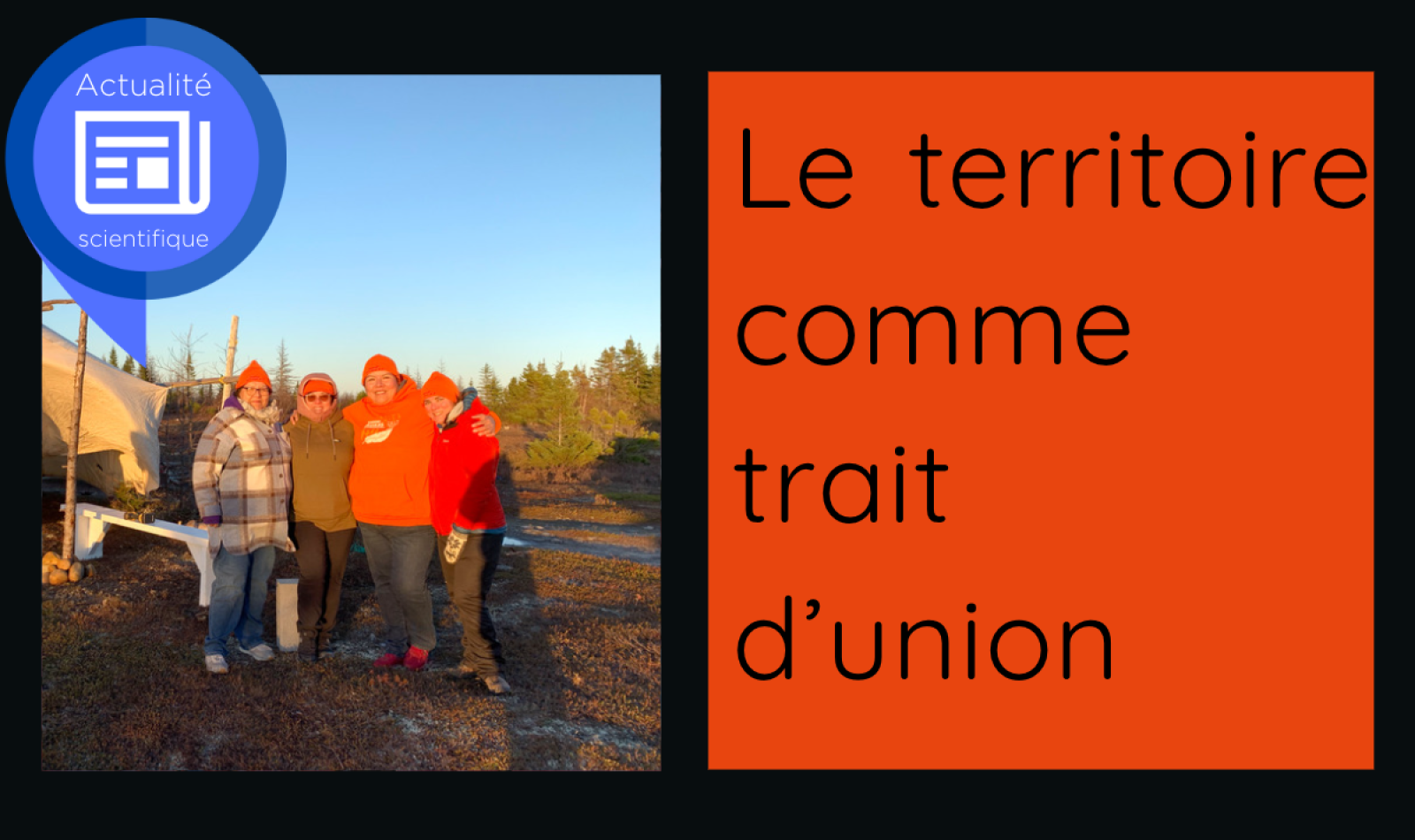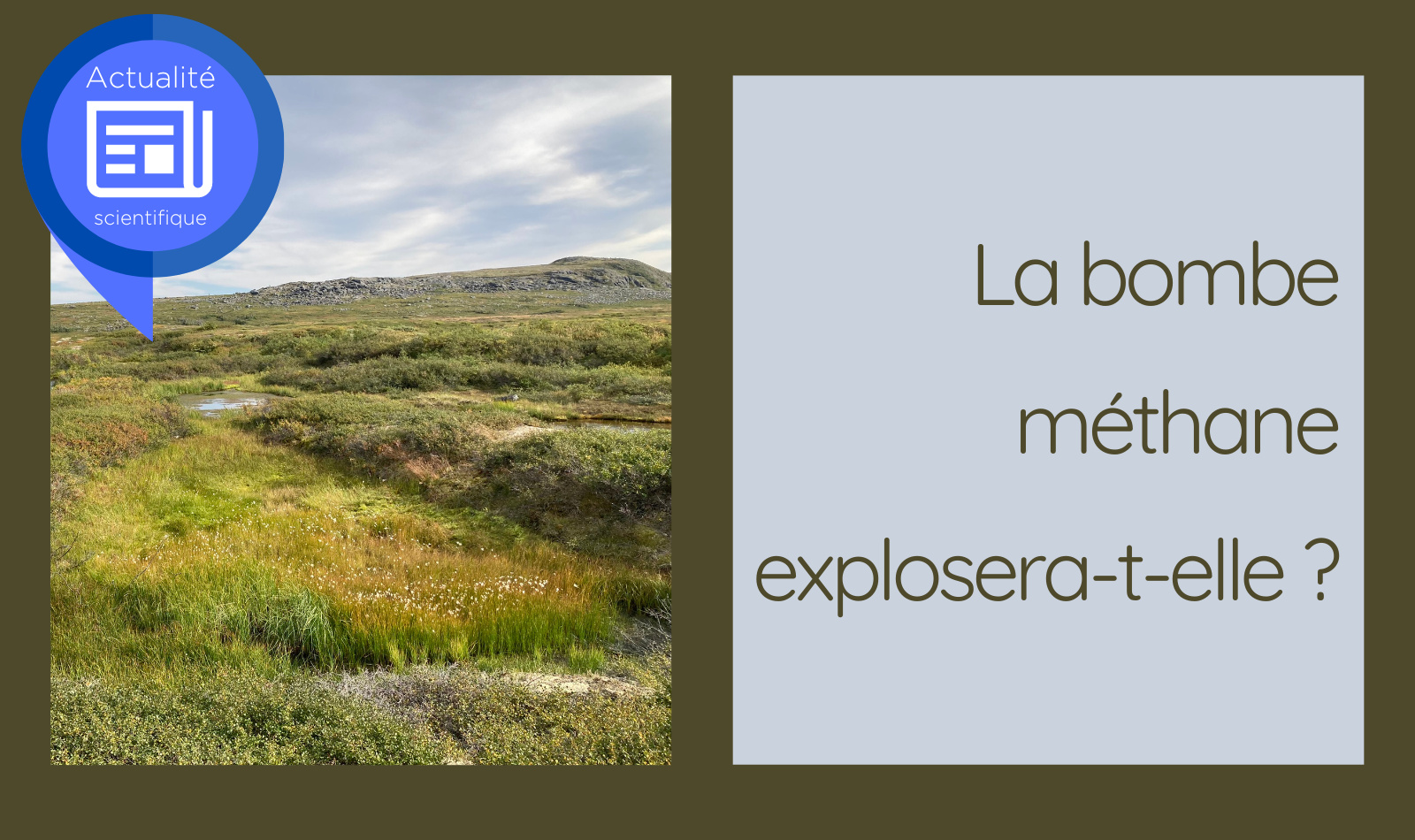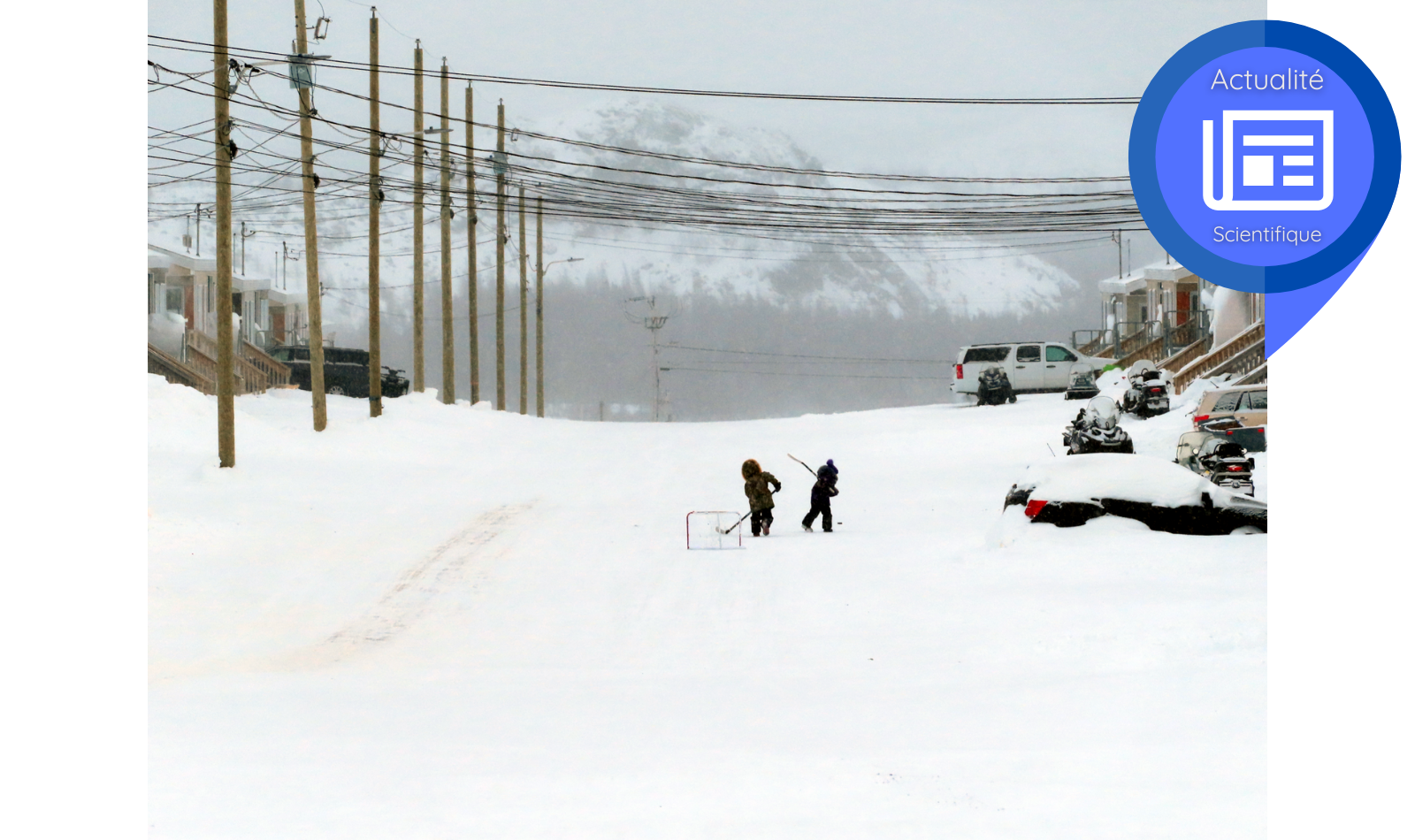To supply Kuujjuaq, ships must travel dozens of kilometers up the estuary of the river of same name, which is subject to tides as strong as those in the Bay of Fundy. There is a real risk of marine incidents...
News
There's no longer any room for doubt: permafrost is thawing and thermokarst pools are emitting methane. But that doesn't mean that...
Winter floods are localized, sudden, and often fly under the radar of weather forecasts. And yet they will increase with climate change. To predict them, we need to...
Relations between Indigenous and non-Indigenous people are not only about tension and conflict. Harmony can also exist. This is...
In 2008, space agencies made their satellite data freely available and remote sensing entered a new era...
If you see Dany Dumont canoeing through the ice, it's not just for sport. It's also for science. He has made sea ice his research focus.
Tuberculosis was first introduced to the Arctic by European settlers. As a continuation of colonization, the Nunavik health-care system is modeled on that of the South and is designed to...
With climate change and thawing permafrost, peatlands are often considered a "methane bomb". This overlooks the fact that climate change is also resulting in greening of the Arctic...
Climate change is transforming ecosystems and therefore the food resources provided by natural environments. For the communities that depend on them, food security is at stake...
Constructing a carbon-neutral building in southern Quebec is already a challenge, imagine that in Nunavik. Yet it is a goal that Louis Gosselin, a professor in the Department of Mechanical Engineering at Université Laval, is aiming for.
Navigation in ice poses many risks not only for the safety of the crew and cargo, but also for polar ecosystems. However, before 2017, there were no international regulations for navigation in ice-covered waters. In 2017, the Polar Code partially filled this gap. States must therefore incorporate this Code into their own legislation...
The subsoil of the forest is much more than a carpet of dead leaves and humus. Beneath the surface, sugars, mineral elements and hormones circulate in a double network of fused roots and ectomycorrhizae, as revealed by the work of Annie DesRochers, a professor at the Institut de recherche sur les forêts of the Université du Québec en Abitibi-Témiscamingue.


